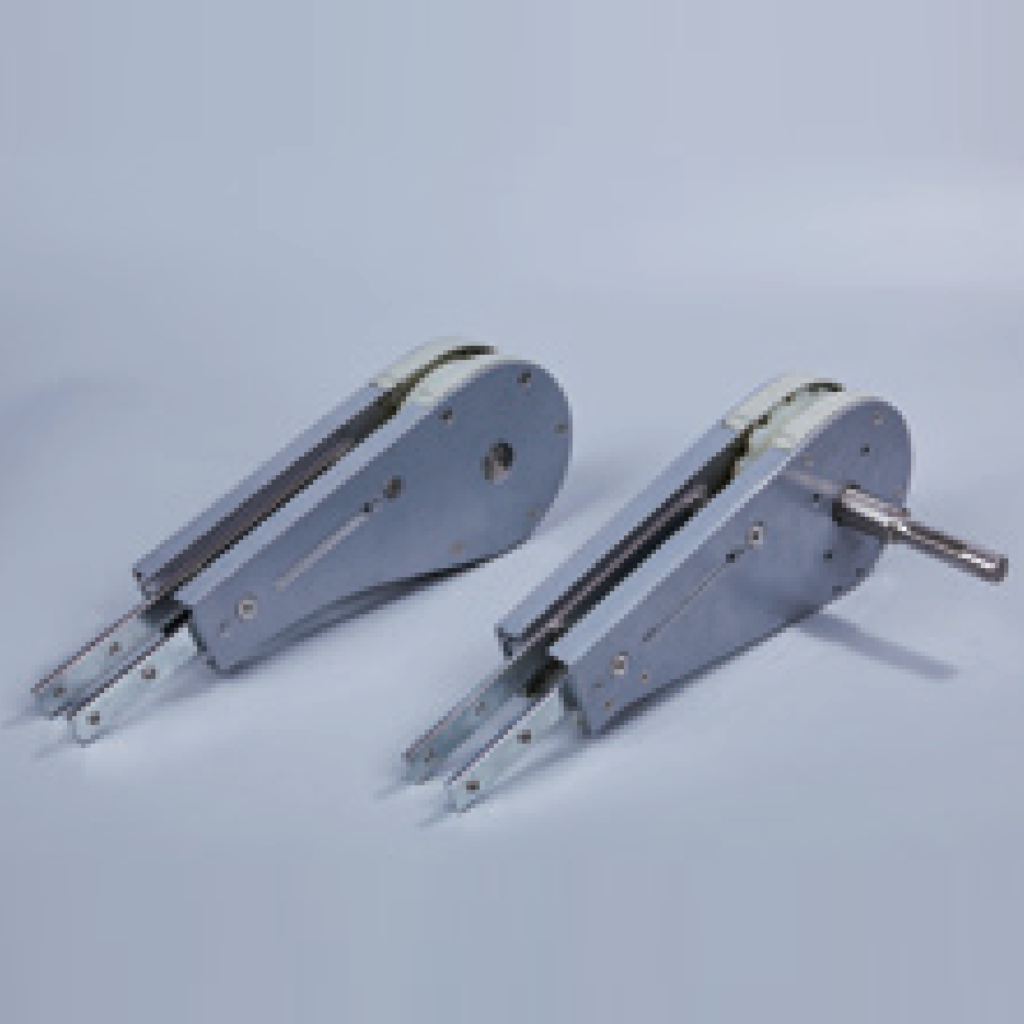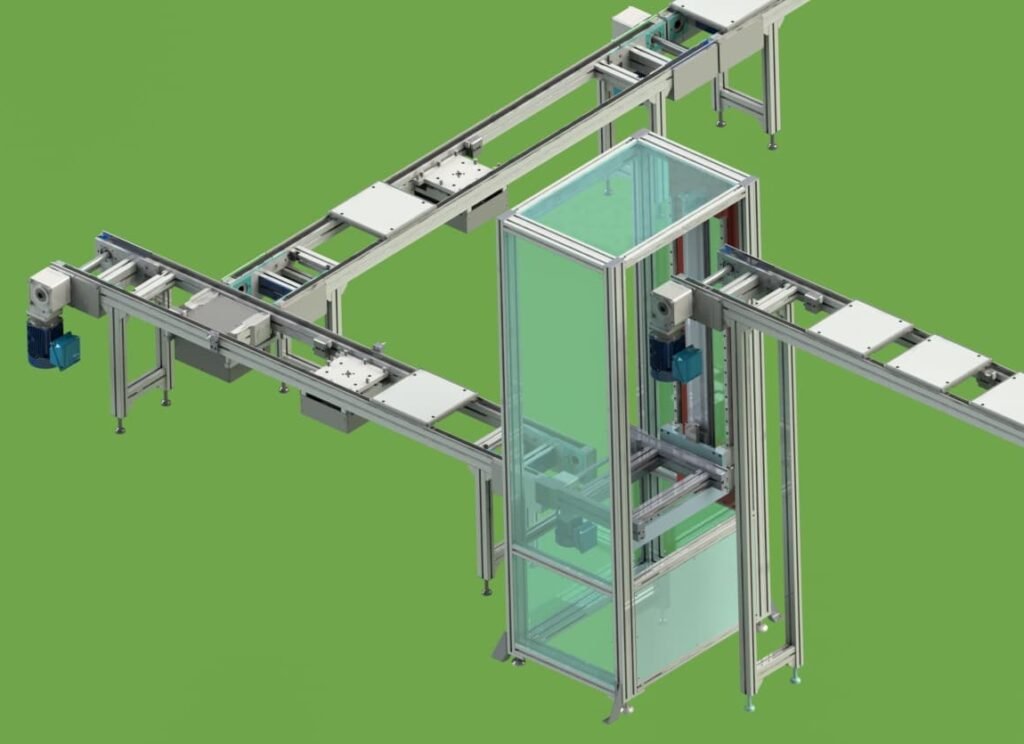ベルトコンベヤ are vital components in various industries, allowing for the efficient and continuous movement of materials. They play an essential role in manufacturing, distribution, and logistics operations. In this comprehensive guide, we will explore the various parts of a belt conveyor, their functions, and how they contribute to the system’s overall efficiency.
ベルトコンベヤとは?

A belt conveyor is a type of mechanical handling equipment that uses a belt to transport materials from one point to another. The belt is typically made of a durable material, such as rubber or fabric, and is supported by rollers. These conveyors are widely used in various industries, including manufacturing, agriculture, mining, and transportation.
Parts of a Belt Conveyor
Understanding the components of a belt conveyor is crucial for anyone involved in the design, maintenance, or operation of conveyor systems. Here are the main parts of a belt conveyor:
1. Belt

について belt is the most critical component of the conveyor system. It serves as the surface on which materials are transported. Depending on the application, belts can vary in material, thickness, and width. Common belt materials include:
- ゴム: Offers high durability and flexibility, suitable for heavy loads.
- PVC: Lightweight and resistant to chemicals, ideal for light to medium loads.
- Fabric: Used for specific applications requiring flexibility and low friction.
2. Drive Unit

について drive unit powers the conveyor belt. It typically consists of an electric motor, gearbox, and pulley system. The motor turns the drive pulley, which moves the belt along the conveyor’s path. Key components include:
- Motor: Converts electrical energy into mechanical energy.
- Gearbox: Reduces the motor’s speed while increasing torque.
- Pulleys: Guide and support the belt; the drive pulley is responsible for movement, while the idler pulley supports the belt’s return.
3. Idlers
Idlers are rollers that support the belt along its length. They play a crucial role in maintaining the belt’s tension and alignment. Idlers are classified into different types based on their functions:
- Carrying Idlers: Support the load and keep the belt in place.
- Return Idlers: Carry the empty belt back to the drive unit.
- Training Idlers: Help align the belt and prevent slippage.
4. Take-Up Unit
について take-up unit adjusts the tension in the belt to ensure optimal performance. It compensates for any elongation of the belt over time. There are two main types of take-up systems:
- Manual Take-Up: Requires manual adjustments to maintain belt tension.
- Automatic Take-Up: Uses tension sensors to adjust the belt tension automatically.
5. Belt Support Structure
について belt support structure consists of frames and supports that hold the conveyor system in place. It provides stability and prevents sagging, ensuring smooth operation. Key components include:
- Frames: Provide the overall structure for the conveyor system.
- Supports: Ensure stability and alignment of the belt and idlers.
6. Skirting
Skirting is a protective barrier that surrounds the edges of the belt to contain materials and prevent spillage. Properly installed skirting can reduce material loss and improve safety.
7. Sensors and Controls
Modern belt conveyors often include sensors and control systems to monitor performance and automate processes. Common sensors include:
- Speed Sensors: Monitor the speed of the belt to ensure it operates within the desired range.
- Load Sensors: Detect the weight of materials on the belt to prevent overloading.
- Position Sensors: Ensure the belt is aligned correctly and alert operators to any issues.
Functions of Belt Conveyor Parts
Each component of a belt conveyor serves specific functions that contribute to the system’s overall effectiveness. Here’s a breakdown of these functions:
1. Belt Function
The primary function of the belt is to transport materials from one location to another. Its material and design determine its load capacity, flexibility, and resistance to wear and tear.
2. Drive Unit Function
The drive unit initiates the movement of the conveyor belt, providing the necessary power to transport materials. Its efficiency directly impacts the conveyor’s speed and load-carrying capacity.
3. Idler Function
Idlers support the belt and materials being transported. They help maintain belt tension, align the belt, and reduce friction, ensuring smooth operation.
4. Take-Up Unit Function
The take-up unit maintains the proper tension in the belt, preventing slippage and wear. It ensures the conveyor operates efficiently and extends the lifespan of the belt.
5. Belt Support Structure Function
The support structure ensures the conveyor remains stable and aligned. It minimizes sagging and misalignment, which can lead to operational issues and increased wear on components.
6. Skirting Function
Skirting contains materials on the belt, reducing spillage and maintaining a clean working environment. It also helps improve safety by preventing slip hazards.
7. Sensors and Controls Function
Sensors and control systems monitor and optimize conveyor performance. They provide real-time data on speed, load, and position, allowing operators to address issues proactively.
Advantages of Using Belt Conveyors
Belt conveyors offer several advantages in material handling applications:
- 効率性: They provide continuous transportation, reducing labor costs and increasing productivity.
- 汎用性: Suitable for various materials and applications, including bulk materials, packaged goods, and heavy loads.
- 安全性: With proper safety measures, belt conveyors minimize risks associated with manual handling and transport.
- ローメンテナンス: Modern belt conveyors are designed for durability, requiring minimal maintenance.
最終戦
Belt conveyors are essential components in various industries, providing efficient and reliable material handling solutions. Understanding the parts and functions of belt conveyors helps operators and engineers design, maintain, and optimize these systems for maximum efficiency. As industries evolve, innovations in conveyor technology continue to enhance performance, safety, and reliability.
FAQs about Belt Conveyors
1. What are the common applications of belt conveyors?
Belt conveyors are commonly used in manufacturing, logistics, mining, agriculture, and food processing industries for transporting materials.
2. How do I choose the right belt for my conveyor?
Consider factors such as the type of material being transported, load capacity, environmental conditions, and the desired speed of the conveyor.
3. What maintenance is required for belt conveyors?
Regular inspections, cleaning, lubrication of moving parts, and monitoring of belt tension are essential for maintaining conveyor performance.
Table: Key Parts of Belt Conveyors
| Part | Function |
|---|---|
| Belt | Transports materials |
| Drive Unit | Powers the movement of the conveyor |
| Idlers | Support and align the belt |
| Take-Up Unit | Maintains belt tension |
| Belt Support Structure | Provides stability and alignment |
| Skirting | Contains materials and prevents spillage |
| Sensors and Controls | Monitors performance and optimizes operation |
Vitrans has established itself as a leading manufacturer of pallet conveyors and transfer systems. With over 10 years of experience, Vitrans offers high-quality conveyor solutions to various industries, supported by a rich supply chain in China, allowing for competitive pricing and short lead times. Explore our range of products, including:
By investing in reliable belt conveyor systems, businesses can significantly enhance their operational efficiency and reduce handling costs. For more information, visit Vitrans today!




